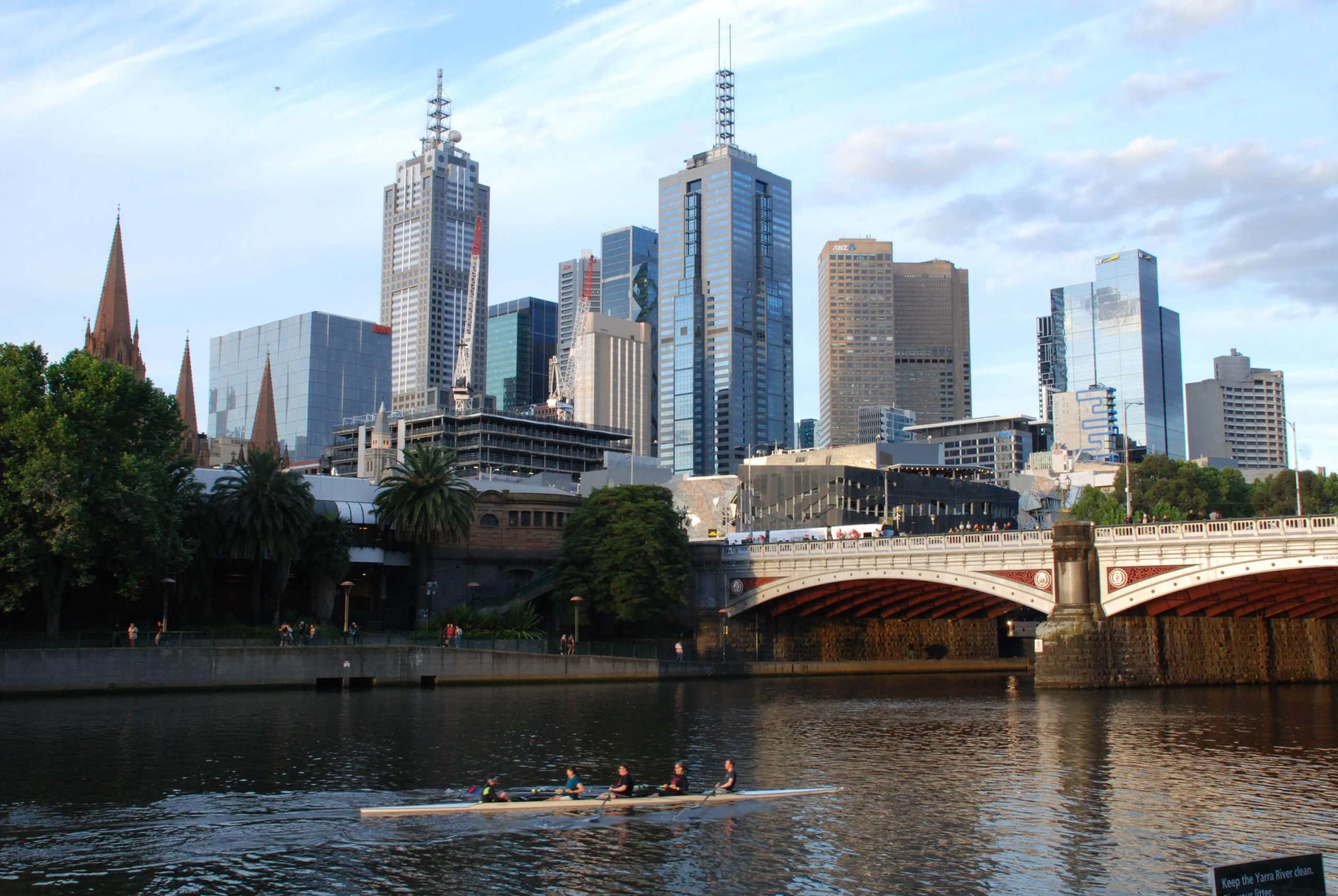Planning a Return to Work Post COVID-19
As restrictions are beginning to ease around the country, a return to regular work is on the horizon for many employees. While this is welcome news to many businesses that have struggled during this global pandemic, the lasting effects will not fade anytime soon.
COVID-19 has prompted many founders, CEOs and directors to rethink ways of working, with a view to implementing changes that will benefit employers, staff and the business.
MyConnect CEO, Mike Barrett believes the lessons learned from working remotely during COVID-19 will have lasting effects for how their workplace is structured.
“We moved our whole operation to remote work within a week and it was remarkable how quickly and smoothly we adapted to the new way of working. With the restrictions easing and as we settle down into a new routine, our world will be different. Staff will be working a combination of in the office and at home, hot desking, utilising laptops and monitors with no more than 30-40 people in the office at any one time and with team meetings being a mix of face to face and video conferencing. This is all very exciting and allows us to look forward with confidence and enthusiasm in a world that has changed, probably forever. ”
While MyConnect like many other teams are still nutting out the details of workplace arrangements post-lockdown, the changes will likely come with greater flexibility for workers and less overheads. Prior to COVID-19, MyConnect were looking for a bigger space to accommodate their growing team. With a successful transition into remote work, the CEO and founders decided that it was no longer necessary.
However, the shift from traditional workplaces comes with a new set of challenges, especially as we begin to plan a safe return to work. Here are some considerations to bear in mind.
Office volumes
An issue that may be present itself once returning to office life is the volumes of employees returning to a shared workplace.
The temptation to allow everyone back into the office on the same day is a risk that is not worth the reward. As demonstrated through MyConnect’s office reintroduction, a rotating group of employees working from the office while other employees work from home can lower the risk of spreading and contracting any viruses.
When deciding who to send into the office first, prioritise employees and teams who operate optimally in a shared office environment. Some teams may work better remotely, so those who can manage to work from home can remain there during the adjustment period.
Protecting employees’ health and safety
While in the office, ensure your business is still abiding by the social distancing regulations, as well as maintaining general hygiene practices. This includes a necessary 6 feet distance between employees, which may cause a physical restructuring of the office space to comply with the measures.
Maintaining an adequate stock of hand sanitiser and placing signs in the office to remind workers of the regulations is key to preventing the potential spread of viruses.
Furthermore, intend on reaching out to your fellow workers and check in with each other, as they may feel anxious or overwhelmed with the amount of change that has happened to their work life recently.
Focus on the positives
Lastly, while COVID-19 has forced very hasty changes to work, they don’t necessarily need to be negative. Many have developed stronger connections within and across other teams and developed productive working routines, as well as a reinforced knowledge of health practices.
Take advantage of these new lessons learnt and continue with them heading forward. Whether it be rearranging seating in the office to connect the newfound bond of the aforementioned teams, or discussing with employees on whether working from the office every day of the week is truly productive, or is it beneficial to take some time to work from home?
Return to work programs may continue for some time, so ensure it is done correctly so your workplace can come out the other side even better than it came in, and continue to keep the risk of COVID-19 infection to an absolute minimum.






 Justyn Harrison
Justyn Harrison 



